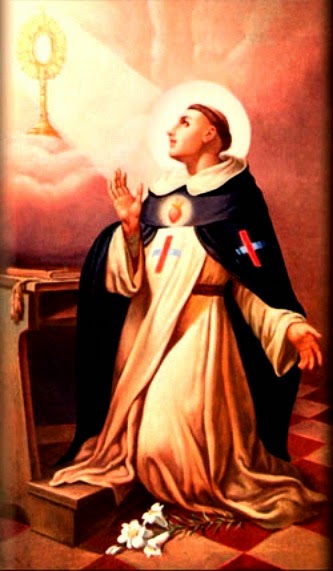St. Casimir

St. Casimir is the patron saint of Poland and Lithuania. He was born on October 3, 1458, the third of thirteen children of King Casimir IV and Elizabeth of Austria, daughter of Albert II of Habsburg. The young prince was trained in spirituality and displayed holiness at an early age. In contrast to he other members of the royal court, he was a shining example of faith, piety, humilty, and chasity. He had a great love for the Eucharist and for the Virgin Mary.
Hungarian nobles prevailed upon Casimir's father to send his 13-year-old son to be their king; Casimir obeyed, taking the crown, but refusing to exercise power. His army was outnumbered, his troops deserting because they were not paid. Casimir returned home, and was a conscientious objector from that time on.
At the age of twenty-five; sick of a lingering illness, Casimir foretold the hour of his death, and chose to die a virgin, refusing the advice of physicians who told him to marry, suggesting that this would improve his health and possibly prolong his life.
St. Casimir was a charismatic person who was noted for his strong sense of justice and for his chastity. In an atmosphere of luxury and magnificence the young prince had fasted, worn a hair-shirt, slept upon the bare earth, prayed by night, and watched for the opening of the church doors at dawn. His charity to the poor and afflicted knew no bounds. He expressed his deep love for our Blessed Lady by frequently singing a beautiful hymn in her honor. He was buried with this favorite song to Our Lady -- a Latin hymn to Mary called "Omni die dic Mariae" which we know as "Daily, Daily Sing to Mary."
Casimir died of consumption on March 4 while visiting Grodno, Lithuania. Buried at Vilnius, Lithuania, his tomb became famed for many miracles. He was canonized in 1522 by Pope Adrian VI. Casimir is patron of the Knights of St. John and is invoked against enemies of Poland and the faith. He is also the patron saint of bachelors and is represented by a crown and a lily (which symbolizes purity.)




Comments
Post a Comment
Comments are moderated and are published at the blogger's discretion.